Description
The dusegge is a sword with a curved blade unique to Southern Germany, Austria, and
Hungary. The blade is patterned after the blades of the Ottoman Turks, whom they
battled with for centuries. Many of these swords can be found in the arsenals of Austria,
especially Styria, and can be seen today at the Landeszeughaus (state arsenal) Graz, part
of the Steiermarkisches Landesmuseum in Graz, Austria. They were a very effective
slashing weapon favored by light cavalry. In Britain they are sometimes called a “Sinclair
Sabre”, because a group of mercenaries led by Scottish Colonel Sinclair purportedly
carried this type of weapon on their il-fated expedition to Scandinavia. They were
attempting to join the forces of Swedish King Gustavus Adolphus during the Kalmar War
in 1612 when they were ambushed and annihilated at the Battle of Kringen in Norway. It
is said that Sinclair was the first to fall. This example features a broad curved 29 ½”
single-edged blade with narrow single fuller, broadening and double-edged for the last 10
½”. There is a stamped double eyelash mark on one side, which is common on many
Styrian sabres of this period. The guard is formed of round-section iron bars, featuring
recurved quillons with button finials, large side ring on the obverse, and a smaller reverse
side ring which turns up to form a thumb loop; wood grip with leather wrap and a pyramid-
shaped pommel with stepped rectangular button as typically found on this type. Metal
lightly pitted with a gunmetal patina; blade retains a sharp edge with several shallow edge
nicks toward the point. Overall length 34 5/8″.

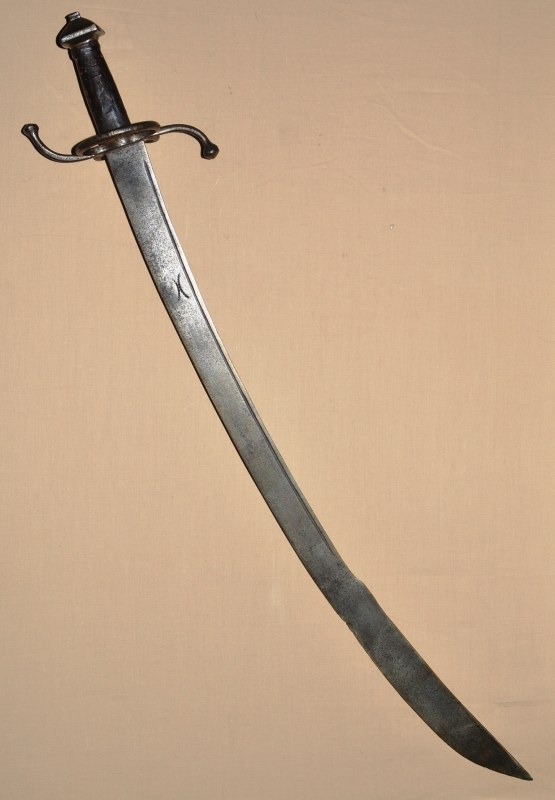
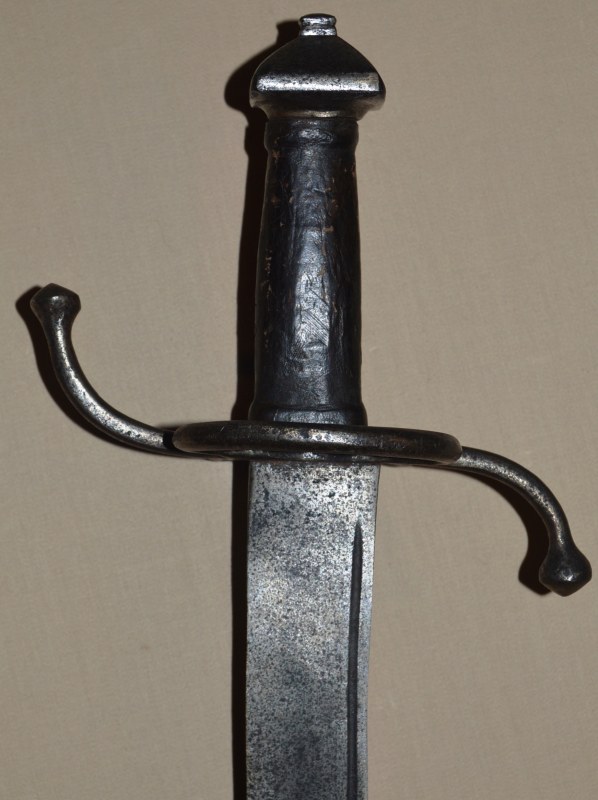
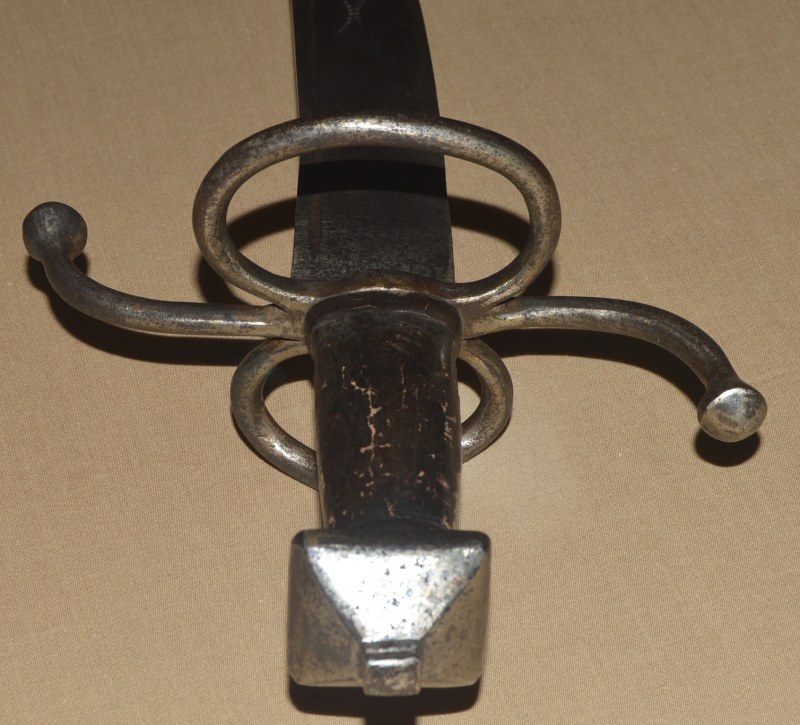


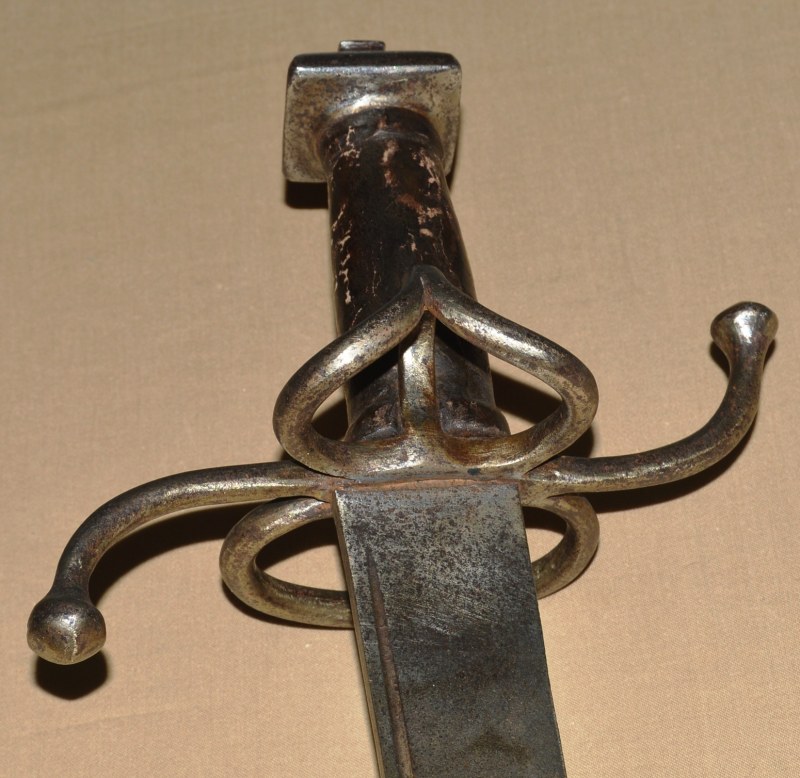
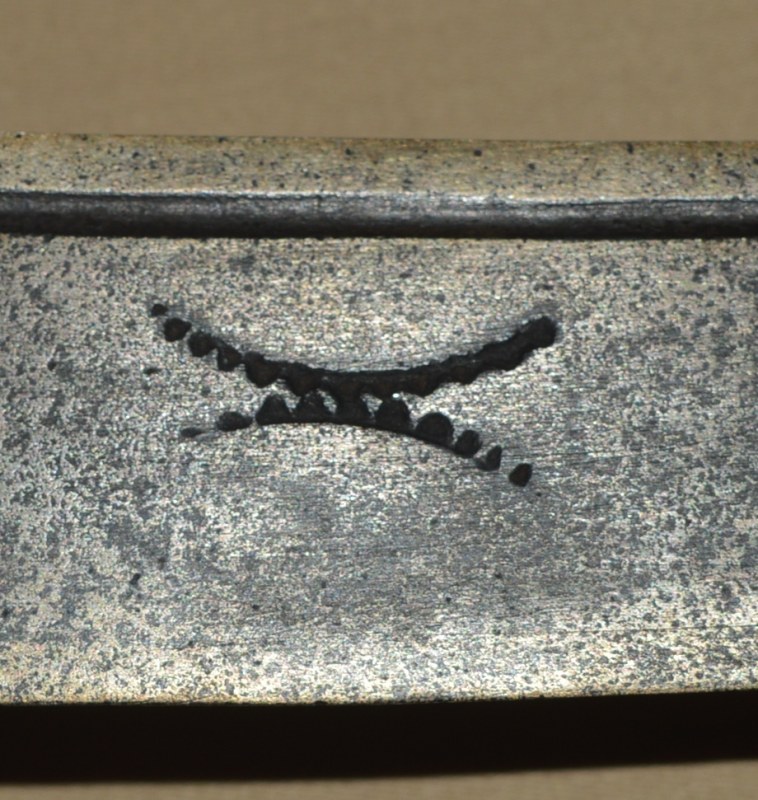
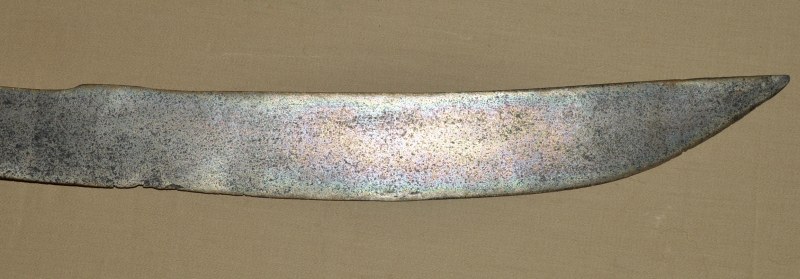
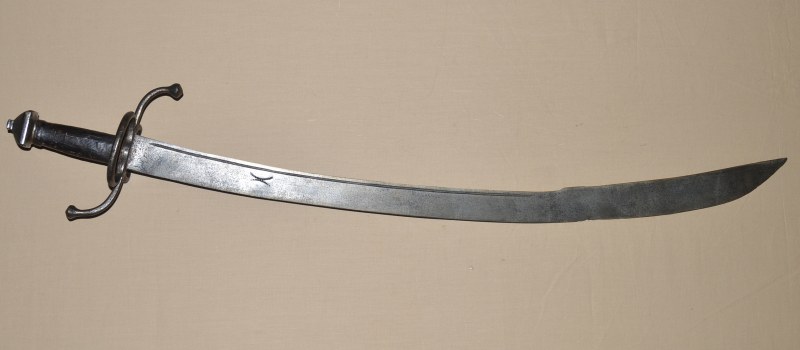
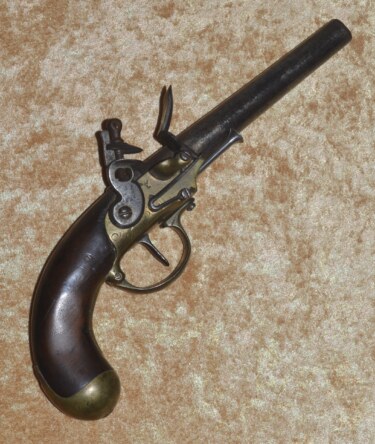 French M1777 Flintlock Cavalry Pistol
French M1777 Flintlock Cavalry Pistol 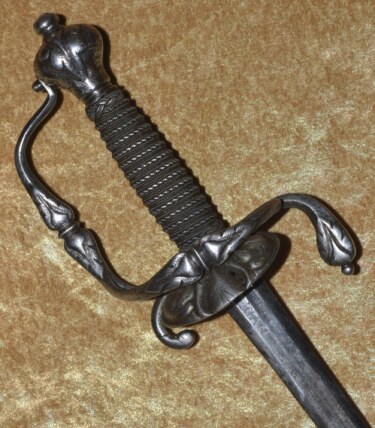 Fine Quality German Rapier, ca. 1640
Fine Quality German Rapier, ca. 1640 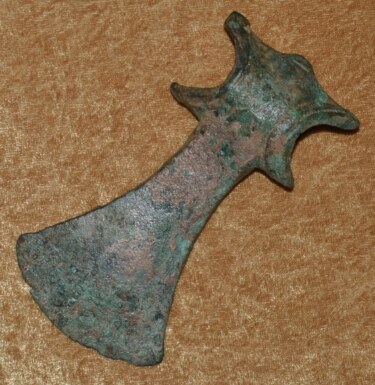 Bronze Age Axe Head, Western Asia, 2nd Millennium BC
Bronze Age Axe Head, Western Asia, 2nd Millennium BC 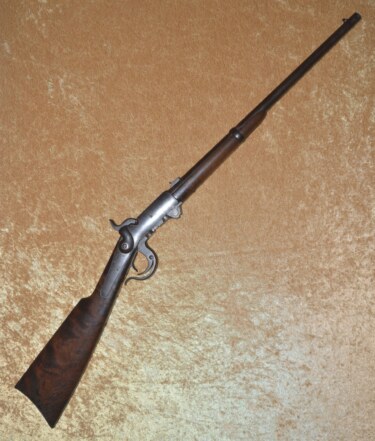 Special Production US Civil War 5th Model Burnside Carbine
Special Production US Civil War 5th Model Burnside Carbine